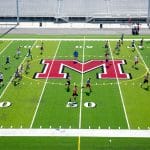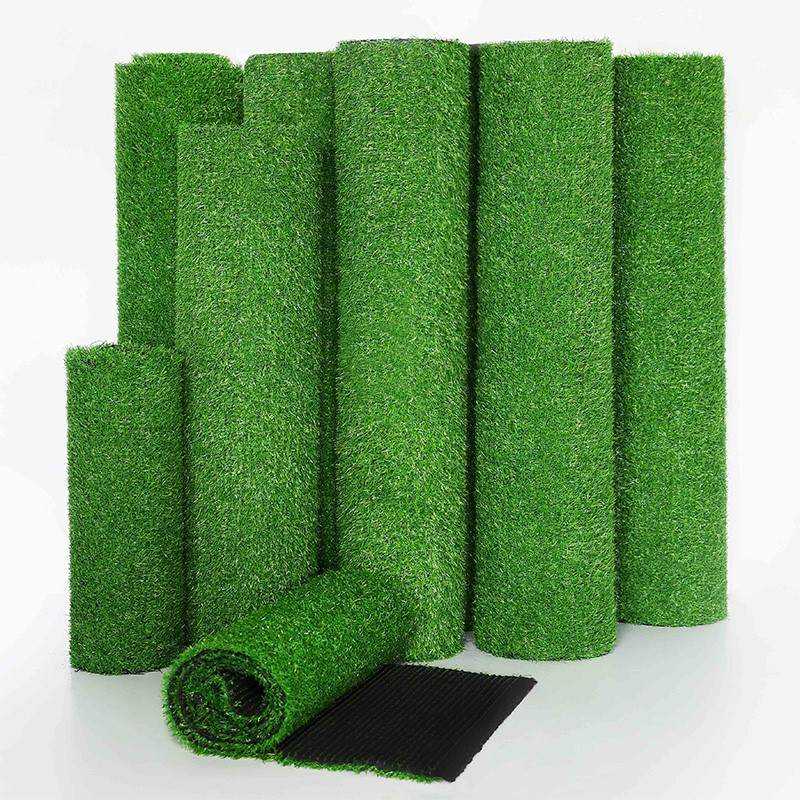
It appears there might be a slight confusion in terminology. The term “slit film turf” is not a standard term used in the artificial turf industry. However, there is a similar term, “slit-film construction,” that refers to a specific method of manufacturing artificial grass.
Slit-Film Construction:
In slit-film construction, the artificial grass blades are created by cutting thin slits into a flat sheet of material. This process results in multiple, narrow, and straight blades of grass. The slit-film construction is known for its durability and resilience, making it suitable for high-traffic areas.
Split film turf has a dense pile and a carpet-like uniform texture, lacking some of the variation and randomness of natural grass blades. The technology was one of the earliest forms of artificial turf, gaining popularity in the 1960s and 70s.
Advantages of split film turf are its durability and resistance to wear, since the plastic strands are tough and resistant to foot traffic. It also requires less infill materials than other types of artificial grass.
However, the split film piles are relatively stiff and less forgiving than modern monofilament turf when players dive or fall. Concerns over injuries and abrasions have caused many facilities to move away from split film grass over time.
Here are some characteristics associated with slit-film construction:
1. **Durability:** Slit-film construction is often chosen for its durability, making it resistant to wear and tear caused by frequent use.
2. **Consistent Appearance:** The straight and uniform blades created through the slit-film construction process can contribute to a consistent and neat appearance of the artificial grass.
3. **Cost-Effective:** Slit-film construction is generally considered a cost-effective option for artificial turf, making it suitable for various applications.
4. **High Resilience:** The construction method allows for a high level of resilience, meaning the turf can quickly recover its shape after compression.
While slit-film construction has its advantages, it’s important to note that the choice of artificial turf involves various factors, including the specific needs of the project, the intended use of the turf, and aesthetic preferences. Other construction methods, such as monofilament or hybrid systems, may offer different characteristics and performance attributes.
Split film is still sometimes used for niche applications like indoor putting greens or miniature golf where play is less intense. But for outdoor fields and lawns, softer monofilament or hybrid turf advances provide better safety, realism and drainage.
If you are considering artificial turf for a specific project, it’s advisable to consult with turf manufacturers or experts who can provide information on the various construction methods available and help you choose the most suitable option based on your requirements.










